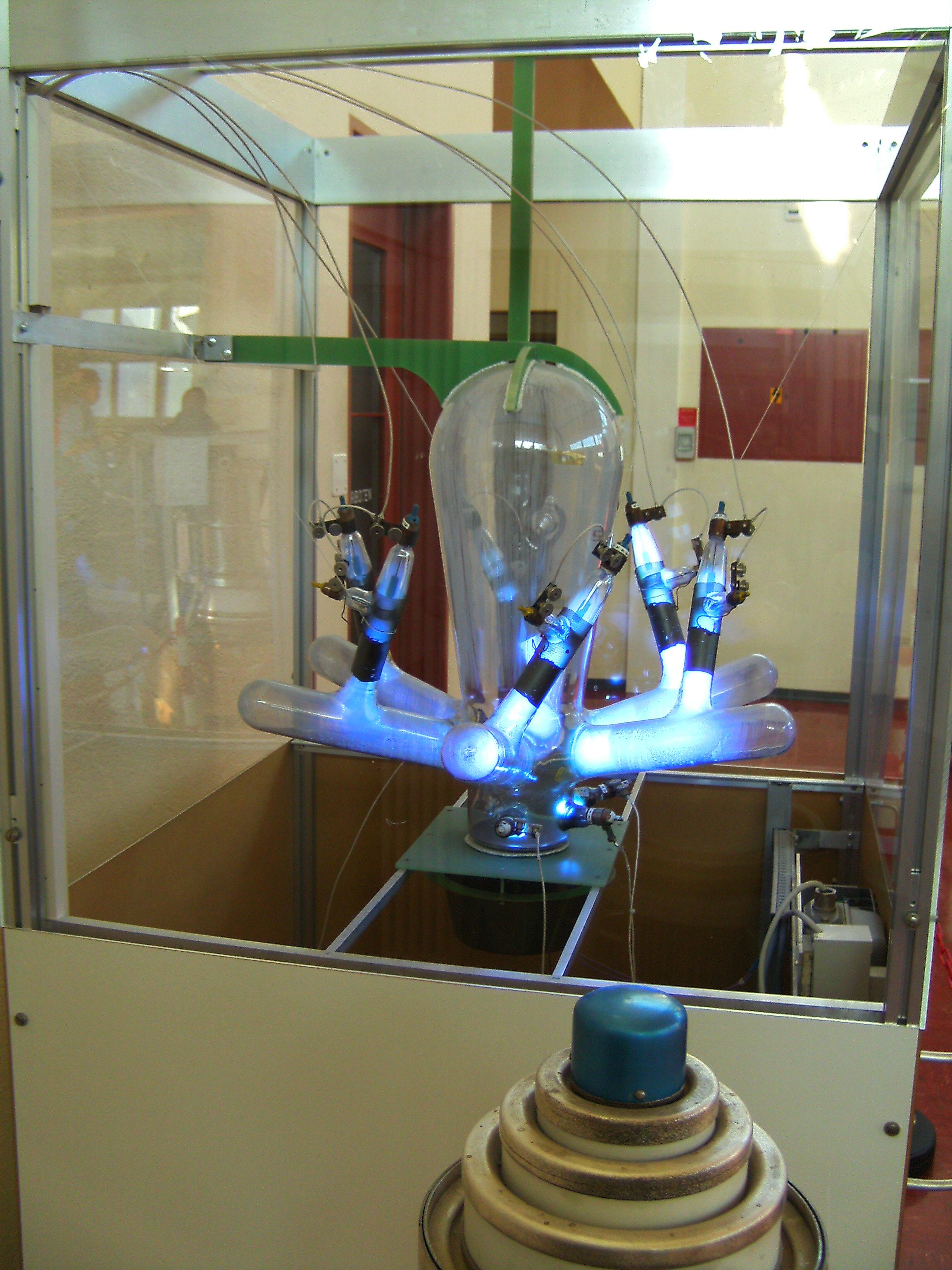ktown
Well-known member
By disconnecting the battery positive, put the meter on ohms, at the light fuse connect the meter, one lead of the meter.Disconnect the connector to the ecu, I use a oxy actyelene tip cleaner and insert the size to fit it into the wire connector to the ecu.Connect your other lead to the tip cleaner. Your circuit, if good will ohm around 100 ohms give or take a little. You are reading the coil/wire/circuit resistance. If not at a resistance reading you have an open in that wired circuit.If you had a reading then back to my original post and try it. You will have lights if the circuit checked with that ohm resistance. Then if lights energize look on eBay for a new/used ecu. I doubt that but you could hook your manual switch test/fix by grounding that ecu wire disconnected from the ecu. But that would seem pointless to regress the advantage of the bikes light circuit?
To check the black wire at the headlights for ground, disconnect both to the headlights. You will read a reading because of the bulb resistances otherwise. Connect one lead to the black and one to the ground terminal of the battery. Resistance of near 0 ohms means good ground.
I know you have been over some of this from others - so sorry if a repeat of same stuff.
To check the black wire at the headlights for ground, disconnect both to the headlights. You will read a reading because of the bulb resistances otherwise. Connect one lead to the black and one to the ground terminal of the battery. Resistance of near 0 ohms means good ground.
I know you have been over some of this from others - so sorry if a repeat of same stuff.































































